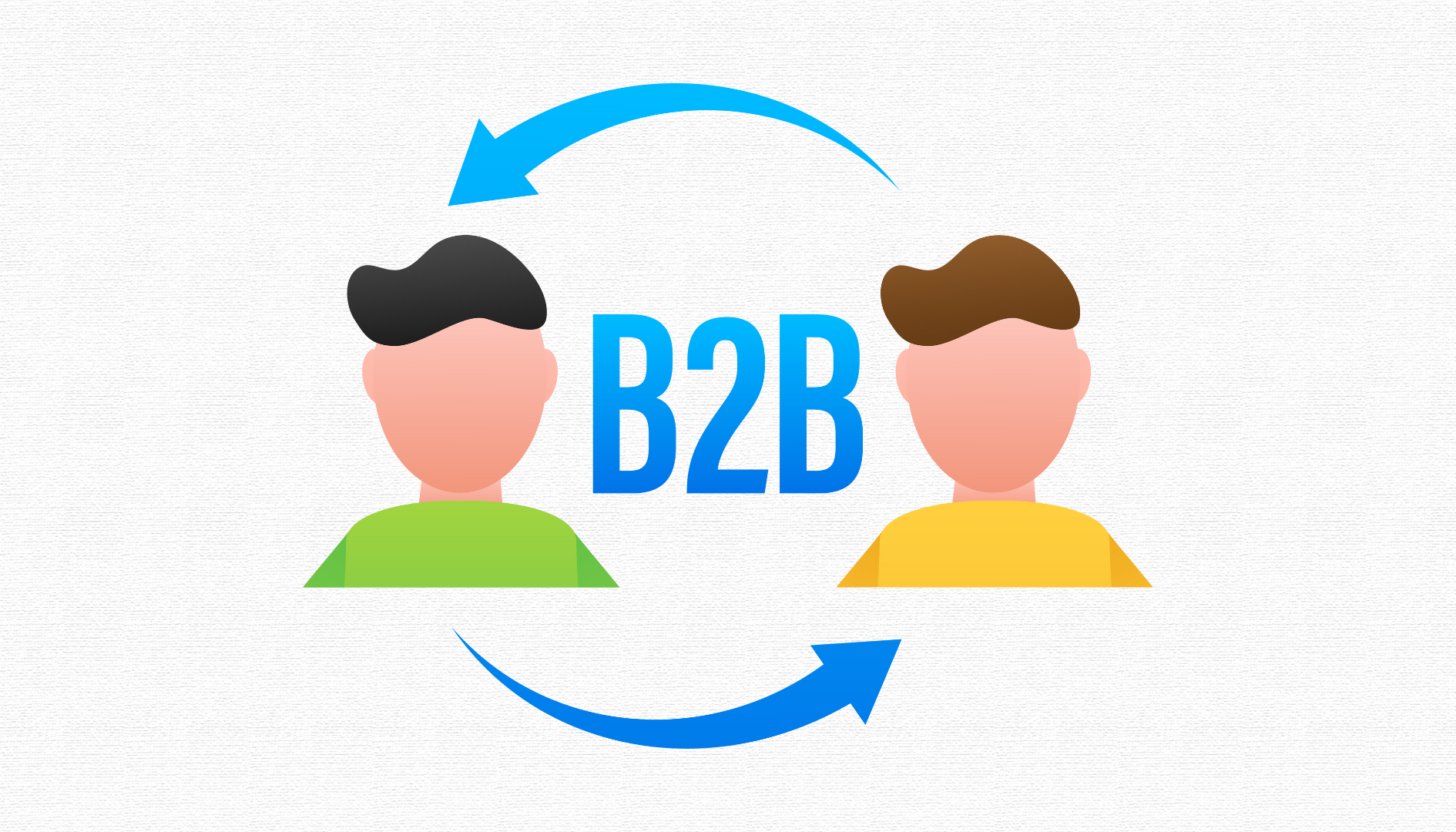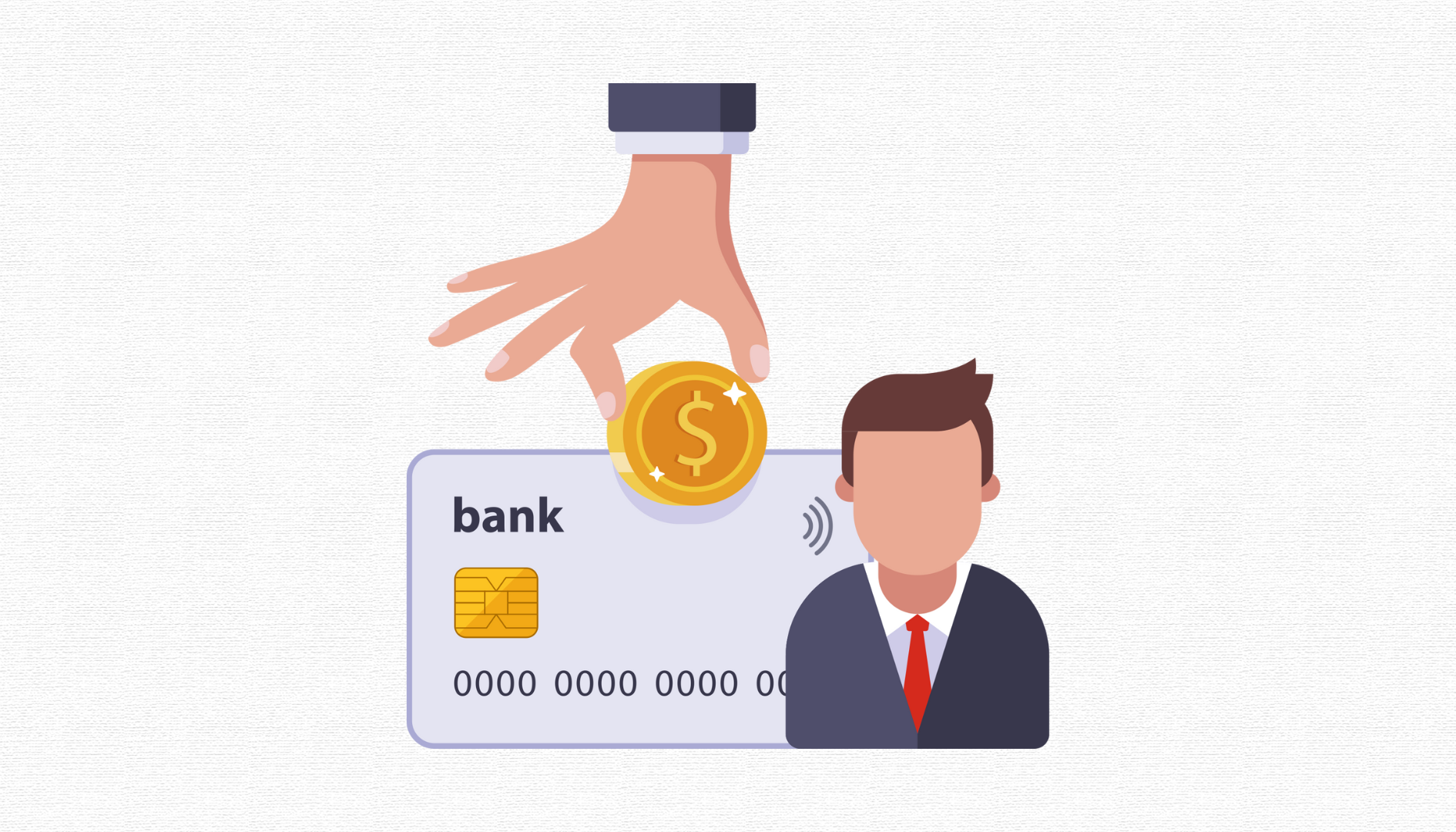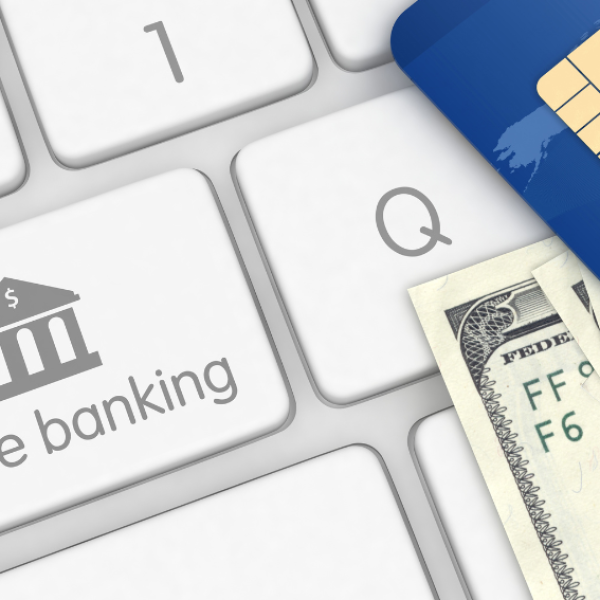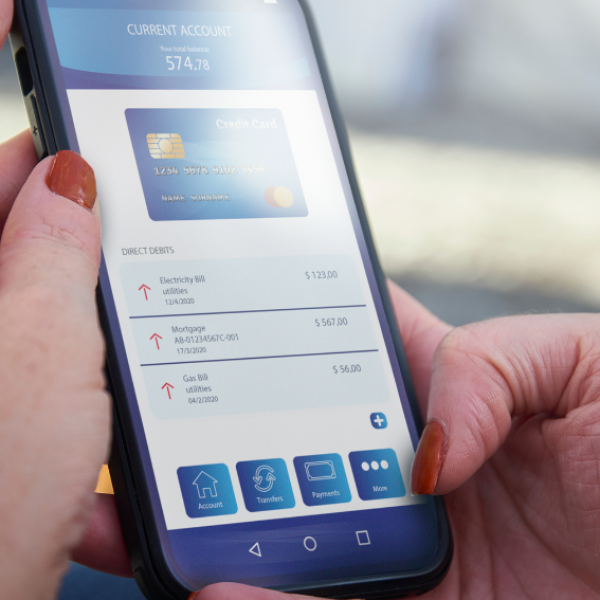To streamline the use of Supplemental Nutrition Assistance Program (SNAP) benefits, the government introduced the Electronic Benefit Transfer (EBT) program. This system allows SNAP beneficiaries to buy food and other approved items using a magstripe card.
The EBT payments program also plays a crucial role in reducing fraud associated with SNAP benefits. Creating an electronic record of each transaction makes violations easier to identify and address. If you are a merchant looking to accept EBT payments at your store, the following article will guide you on how to proceed.
In This Article
ToggleWhat Is an EBT Payment?

EBT (Electronic Benefit Transfer) is a payment system that uses cards similar to debit cards. This system allows individuals receiving government aid to make purchases at retailers. Initially replacing the Food Stamp program, using cards instead of paper vouchers makes transactions less noticeable, encouraging usage among beneficiaries.
In the EBT payment system, recipients of assistance from programs like SNAP (Supplemental Nutrition Assistance Program), TANF (Temporary Assistance for Needy Families), and WIC (Women, Infants, and Children) have funds deposited into their accounts at the start of each month. These funds can then be used at approved businesses, much like spending cash.
Merchants that accept EBT payments can expand their customer base. Additionally, since EBT and SNAP transactions are exempt from interchange fees, merchants benefit from higher profit margins and reduced rates on these transactions.
Below is a quick summary of the key assistance programs that utilize the EBT system:
SNAP
The USDA established the SNAP in 2008, replacing the previous Food Stamps Program. It offers nutritional support to individuals and families who meet specific income requirements, assisting with the costs of approved food items.
For example, a household of four must have a gross monthly income below $2,839 to be eligible for SNAP. It’s important to note that SNAP benefits are issued not as cash but are designated for purchasing certain food products.
TANF
The Temporary Assistance for Needy Families (TANF) program, supported federally and administered at the state level, is designed to help families facing temporary financial difficulties become self-sufficient. Each state takes its approach to distributing TANF benefits.
WIC
The Special Supplemental Nutrition Program for Women, Infants, and Children, known as WIC, operates through the EBT system. This program is a joint effort of federal and state governments to aid low-income women and children by providing nutritious foods and promoting healthy eating.
WIC aims to mitigate nutritional risks by providing healthy food options, nutritional education, and access to healthcare services.
How Can Your Business Accept EBT Payments
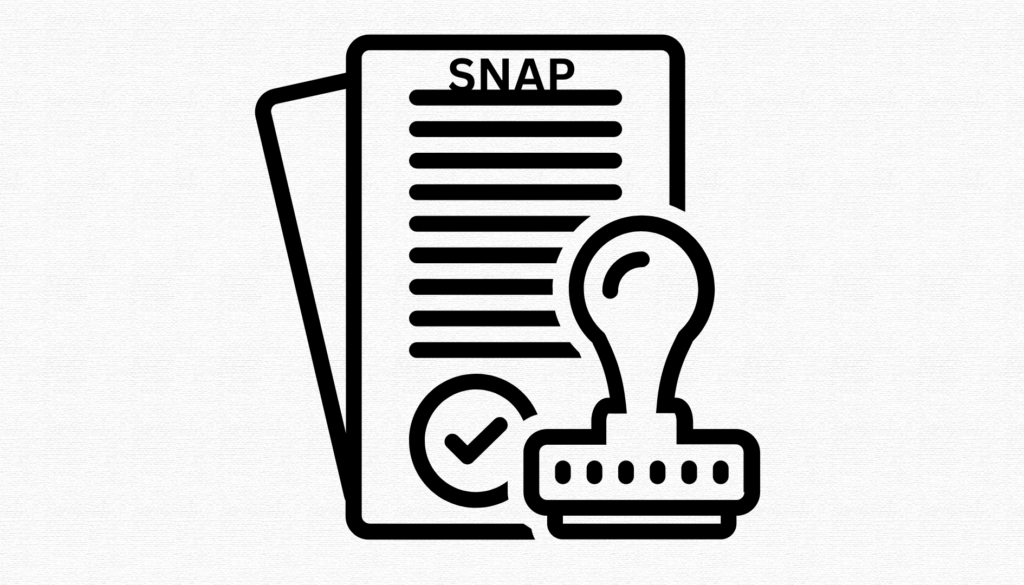
To start accepting EBT payments at your business, you must secure a SNAP permit through the Food and Nutrition Service (FNS) of the United States Department of Agriculture. This permit is mandatory for processing EBT transactions. Eligibility for a SNAP permit requires your business to meet one of the following criteria: for instance, your store stocks a varied range of staple foods in the following categories:
- Bread, cereals, and grains
- Dairy products
- Vegetables and fruits
- Fish, meat, and poultry
You must also carry perishable items in at least two categories, including fresh, frozen, or canned options. Over 50% of your retail sales are derived from the sale of staple foods, such as in a butcher shop scenario.
If your business qualifies, the following steps involve registering for an eAuthentication Account on the FNS website to verify your identity. This straightforward registration process can be completed online in a few minutes. After setting up your eAuthentication Account, you will have 30 days to submit your SNAP permit application and supporting documents. These typically include:
- Personal Information: Full names, Social Security Numbers, and residential addresses for all business owners, officers, partners, and other members.
- Sales Data: Report estimated or actual sales figures for various product categories such as lottery tickets, alcohol, and tobacco.
- Inventory Information: Detail the types, diversity, and stock levels of food items available in your store.
- Bank Details: Provide information about the bank account where SNAP deposits will be credited.
- EBT Processing Equipment Information: List the contact details of your EBT processing equipment provider, including their phone number, name, website, and address.
The FNS will evaluate your application within 45 days. Upon approval, your business will receive a seven-digit FNS number authorizing you as an official SNAP retailer. You will then need to configure your point-of-sale system to handle EBT transactions.
Additional information about SNAP permits and EBT transactions:
- SNAP permits are also issued to eligible farm stands and farmers’ markets.
- Owners of multiple stores must submit their applications directly to the FNS.
- EBT payments must strictly be used for SNAP-approved items, with no cash back or refund options.
- Transactions require an EBT card and PIN to be entered at the time of purchase.
Refer to the complete guidelines at www.fns.usda.gov to ensure you meet all requirements and successfully integrate EBT payments. After registration, you will receive your FNS number, essential for processing EBT payments.
What Are the Hardware Requirements For EBT Payments?

You must use the right equipment to process EBT card payments when authorized for SNAP. You’ll need an EBT terminal machine to handle these transactions. EBT cards are processed like debit cards, but their transactions should be separated from other store sales.
Check if your existing hardware can process EBT transactions, ensuring it meets the required criteria. Your equipment must handle PIN-based transactions with a standalone device or an integrated PIN pad. While your current POS system might work with EBT cards, adjustments by your payment processor might be needed to activate EBT payment functionalities. Your system must also utilize a seven-digit FNS account number for effective EBT transaction management.
You can reprogram current terminals for EBT use, but getting a new EBT terminal might simplify the process of accepting these payments. These devices have associated costs similar to other card transaction systems. However, certain retailers, such as farmers’ markets and nonprofit food-buying cooperatives, may be eligible for free POS equipment from the state. Contact the FNS to determine your eligibility for free EBT merchant services.
When choosing equipment for EBT transactions, take into account the associated costs. Modifying an existing machine to handle EBT transactions might lead to extra charges, affecting your profit margins due to transaction fees and possible hidden costs. Buying new equipment generally involves only the costs of transaction processing.
How Much Time Does It Take?
Applications completed in person are typically approved within 30 to 45 days. Obtaining an online FNS number can range from three months to a year, depending on your preparation. The USDA processes documents within 10 days. Delays often occur when applicants do not fully comprehend the application process requirements or have competing priorities.
What Are the Processing Fees for EBT Payments?
Adding EBT card processing to your current point-of-sale system could incur additional fees. You will incur charges for each transaction, which vary based on the volume of transactions. There may also be hidden fees that reduce your profits.
Alternatively, investing in new EBT terminal machines might reduce costs. EBT transactions do not include interchange fees or PIN debit fees. Nonetheless, your merchant account provider typically imposes fees for processing these transactions. Before agreeing to a contract, it is essential to inquire with a provider about their handling of EBT transactions and the associated costs.
Conclusion
Accepting EBT payments can broaden your customer base and improve your store’s profitability. To get started, apply for a SNAP permit through the USDA’s Food and Nutrition Service, ensuring your store meets the necessary criteria. Equip your store with EBT-capable hardware by reprogramming existing terminals or acquiring new ones.
This setup allows you to process EBT transactions efficiently. Visit the USDA’s official website for detailed guidance and to streamline the application process. Start accepting EBT payments today to better serve your community and enhance your business.
Frequently Asked Questions
What preliminary steps should I take to accept EBT payments at my store?
First, ensure your store qualifies by selling eligible staple foods or having over 50% of sales from these products. Then, register for a USDA eAuthentication account and complete the online application. After submitting, wait for authorization to set up EBT payments.
What equipment and service providers are recommended for processing EBT transactions?
You’ll need a compatible point-of-sale (POS) system for EBT transactions. Purchase or lease EBT-compatible POS equipment from authorized vendors, ensuring it meets security and compliance standards. Choose a service provider offering competitive pricing and services suited to your business needs.
How does the EBT payment processing cost compare to other payment methods?
EBT payment processing is generally cheaper than credit card transactions. Most processors charge a small fee per EBT transaction without the interchange fees typical of credit cards, making it cost-effective for expanding your customer base.
Are there specific compliance requirements or training needed for my staff regarding EBT transactions?
Yes, compliance with EBT regulations is required. Train your staff on eligible products and how to process EBT transactions correctly using the POS system. Regular updates and training ensure compliance and a positive experience for EBT cardholders.

